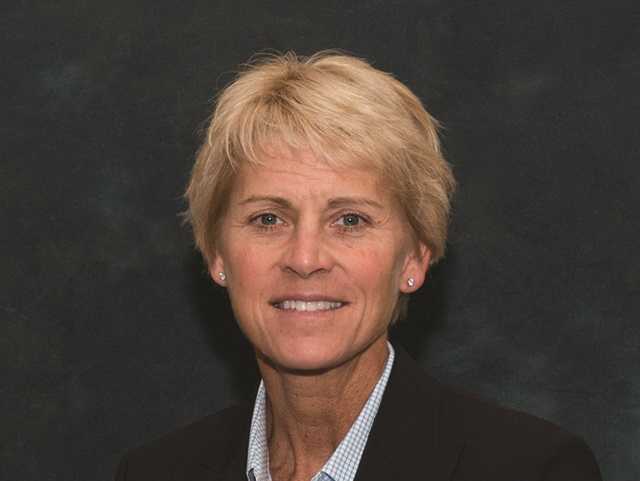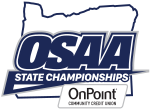
High schools are currently preparing for the fall sports and activities season. Unlike last year when many states were facing shutdowns, the outlook appears much more favorable for 2021 as a return to normalcy continues.
With so many disruptions last year, there is an excitement about the return to competition, particularly knowing that parents, students and other fans will be in the stands. While school leaders must continue to take necessary mitigation steps related to the recent rise in COVID-19 cases, preparations for this year must include a return to one of the basic tenets of high school sports – minimizing risk of injury.
In some states that experienced delays in completing winter and spring sports, state culminating events did not end until late June or early July, which means that recovery time for student-athletes has been reduced significantly in these cases. Steps should be taken to ensure these individuals have had appropriate rest and experience a slower return to normal activity levels.
Record high temperatures that have been gripping parts of our nation are among the most significant concerns. Although the Western states have received most of the headlines, coaches, athletic administrators and athletic trainers everywhere must have effective prevention plans in place to ensure that student-athletes are fully protected from heat-related illnesses and injuries.
In addition to football, other fall sports conducted outdoors and sports played indoors without adequate air conditioning, heat prevention plans must be in place for students involved in marching band. Long practice sessions in the summer heat can place band students in similar situations.
Even during a normal year, many schools on a year-round or balanced calendar have practice sessions for fall sports that start in late July or early August. It is dreadfully hot and humid in many parts of the country at this time, and the results, in some years, have not been good.
The National Center for Catastrophic Sports Injury Research (NCCSIR) reported that 51 high school football players have died from exertional heatstroke (EHS) since 1995. Although there are about one million young people who play high school football each year, NONE of these individuals should die from exertional heatstroke. In fact, EHS is the leading cause of preventable death in high school athletics.
The NFHS, through its Sports Medicine Advisory Committee (SMAC) and the NFHS Learning Center, offers many educational tools to assist schools in developing a proper heat acclimatization and heat illness prevention program. In addition, many state associations have developed state-specific guidelines for dealing with heat issues and safety challenges.
The SMAC has developed a “Heat Acclimatization and Heat Illness Prevention Position Statement” which is available on the NFHS website. This document contains seven fundamentals of a Heat Acclimatization Program. In addition, the SMAC’s “Position Statement and Recommendations for Maintaining Hydration to Optimize Performance and Minimize the Risk for Exertional Heat Illness” is also available on the sports medicine page of the NFHS website. .
In addition, the NFHS offers a free online course entitled Heat Illness Prevention. This course, which is available at www.nfhslearn.com, also reviews the seven fundamentals of a Heat Acclimatization Program. Three other Learning Center courses should be a part of the preseason tutorials for all key members of the school’s team: The Collapsed Athlete, Sudden Cardiac Arrest and Concussion in Sports.
Among the fundamentals of a Heat Acclimatization Program are 1) a slow progression in activity level – duration and intensity; 2) adjusting workouts as heat and humidity increase, including close monitoring and a prompt response to developing problems; and 3) proper hydration.
While coaches only have a prescribed number of practices before that first contest in all fall sports, the rush to have the team in prime shape for the first game cannot come at the expense of the players’ health. The varying physical conditions of players must be considered, and special attention should be directed to higher-risk students, including students in some parts of the country who haven’t participated in sports in 17 months due to the pandemic.
If it still exists anywhere in this country – and hopefully it does not – the old-school mentality of “run ‘em till they drop” must be eliminated from high school sports. In extreme heat and humidity, this philosophy will not have a good ending.
Certain parts of the country continue to deal with extreme heat and humidity, as well as poor air quality from fires. In those cases, practice sessions MUST be adjusted. And, be aware that even less-than-extreme conditions pose a risk as well. Heroes are those who adjust their plan accordingly to effectively and sufficiently reduce the risk of exertional heat illness – not those who “tough it out” no matter the elements.
While there is an abundant amount of educational material available, deaths from EHS will not be eliminated unless school leaders make this a No. 1 priority. We strongly encourage you to require every coach in your school to take the free online course – Heat Illness Prevention – at www.nfhslearn.com. It could be the best investment of time they will spend this year.
Dr. Karissa L. Niehoff is beginning her fourth year as executive director of the National Federation of State High School Associations (NFHS) in Indianapolis, Indiana. She is the first female to head the national leadership organization for high school athletics and performing arts activities and the sixth full-time executive director of the NFHS. She previously was executive director of the Connecticut Association of Schools-Connecticut Interscholastic Athletic Conference for seven years.








